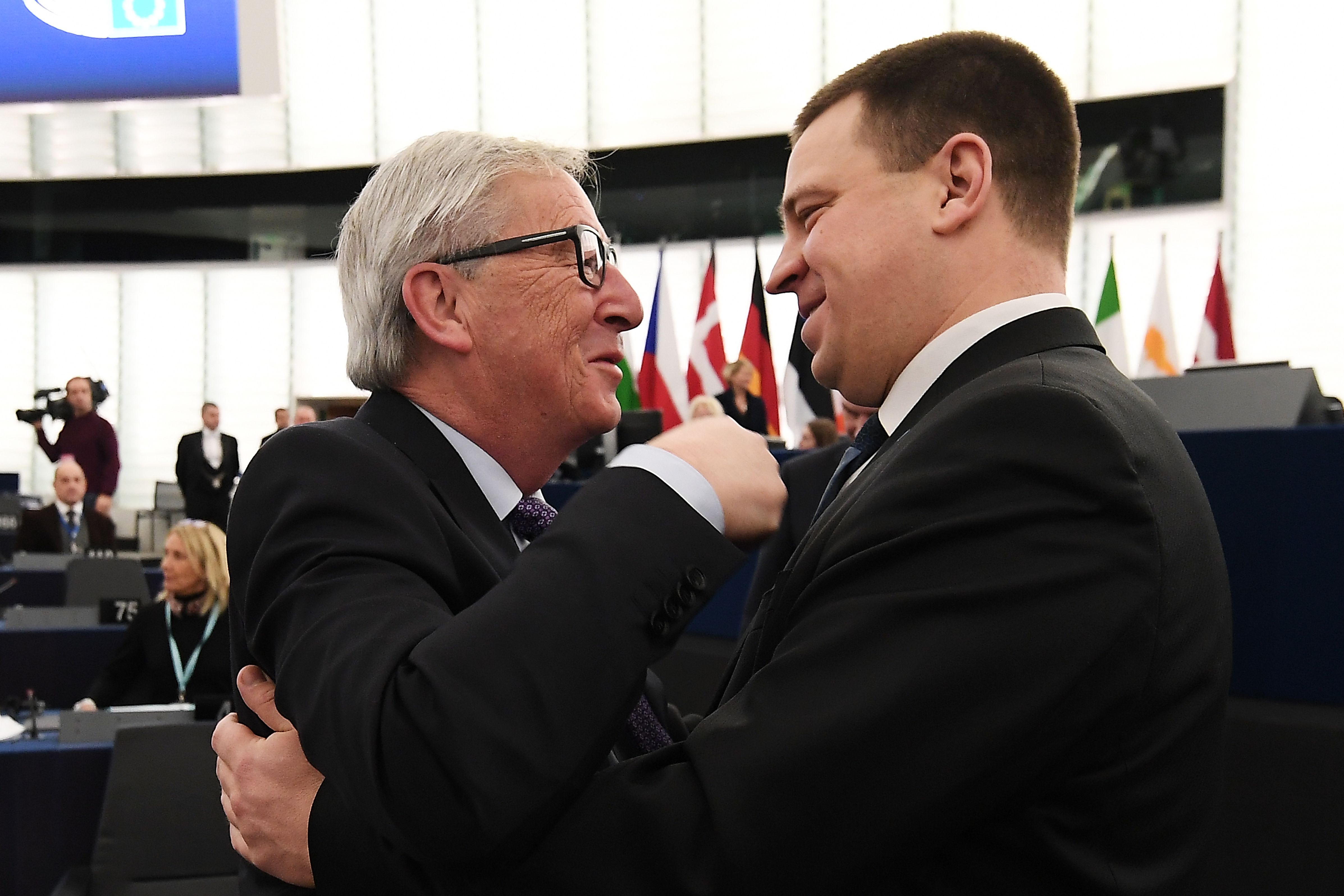The European Union is currently in the early stages of the next Multiannual Financial Framework (MFF) 2021-2027 negotiations. The MFF is a multiannual investment budget, providing funding for large and long-term projects and setting the limits for the annual EU budget.
The MFF negotiations are considered to be a challenging endeavour, to begin with. The complexity of the task in hand comes from the number of actors engaged in the process. The Commission first proposes a budget proposal, which then goes through the scrutiny of the 27-member states and the European Parliament. Each institution and country represent different interests and limits.
However, this time around further stress is put by the departure of the UK from the EU that will leave a 91 billion euro gap in the seven-year budget. The difference needs to be covered either by member states paying more or cutting expenses. Both solutions are being discussed; however, member states’ increased payment into the EU seems to be the primary mean to cover the hole in the budget.
Secondly, the Commission has proposed an ambitious agenda, focusing on new areas such as security, migration and securing external borders, youth, digital development, and the external service. New priorities ought to be seen as a positive move rather than a negative one for Estonia and other Baltic states as I make the case in my analysis.
Baltic States and the MFF
The Baltic states have been net beneficiaries of the MFF and will continue to be so from 2021 to 2027. It is estimated that for every euro that Estonia, Latvia or Lithuania pay into the EU, they receive back four euros on average. Most of the money comes from the MFF’s two biggest funds: Common Agricultural Policy (CAP) and Regional Development & Cohesion, which respectively support farmers in the Baltic states and regional development.
The new priorities reflect the needs of Europe today and co-side with many of the priorities of the Baltic states. However, the reduction of funds for the Common Agricultural Policy and Regional and Cohesion Policy is worrying for the Baltic states. As said earlier, Common Agricultural Policy and Regional and Cohesion Policy are two largest funds in the EU budget. To accommodate the new priorities and the gap of UK’s departure the Commission proposal sees forward the reduction of Common Agricultural Policy of 5% and regional cohesion policy by 7%.
The EU = rules
But it is the rules that worry Estonia and less so the money.
Though funding may be received through new priorities, co-financing rules are a source of worry for the Baltic states, and especially to Estonia. Co-financing in the EU context means that part of the cost of the project is funded by the EU and the other part of the member states. Co-financing aims to promote ownership of the project.
So far, the co-financing rate has been 85% and 15%, meaning the EU covered the 85% of the project’s cost and the member state, e.g. Estonia covered the rest of the 15% of expenditure.
However, Estonia is transitioning from a low-income country to middle-income country and it means a change in the rules. The co-financing rate will change, whereby 55% of the project’s cost will be covered by the EU and 45% will be covered by the member states.
This steep decline of EU co-financing is a source of worry for Estonia since Estonia is likely not to have the available funds to cover the 45% of future projects’ cost.
What does it mean practically?
Let’s take the example of new trains going from Tallinn to Tartu, Narva and other destinations. People call them a “porgand” (“carrot”) because of their orange colour.
The EU funded the modernisation of trains on Estonia’s railways. The total cost 60 rail cars were 79 500 000 euros, of which the EU funded 67 575 000 euros, which was 85% of the cost. Now, with the new rules, the EU would cover only 55% of the total cost. Now, if this is to happen under the new rules, Estonia would be paying 35 775 000 euros instead of the 11 925 000 euros that Estonia paid back in 2014.
The difference is substantial, especially in case of up-coming large-scale infrastructure projects like the Rail Baltic for example. Therefore, Estonia’s primary concern in the upcoming MFF negotiations is to gain flexibility in regards to the rules distributing EU funds. Additionally to the worries on Common Agricultural Policy, European Neighbourhood Policy and maintaining pressure on funding into digitalisation and security and defence.


